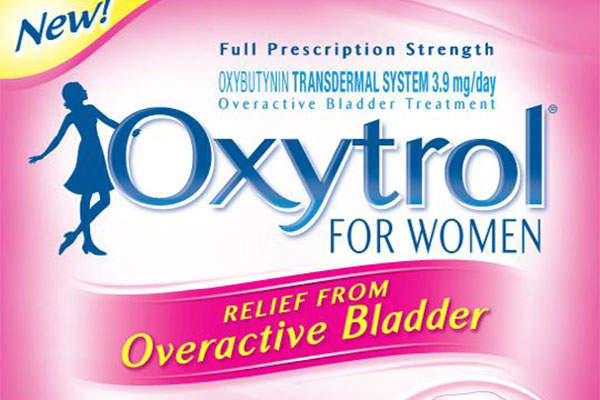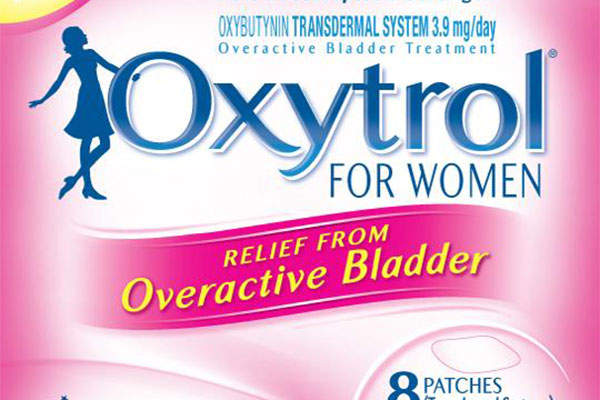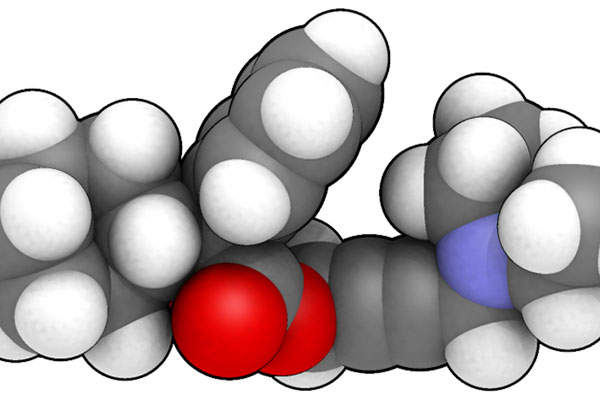Oxytrol (oxybutynin) is a transdermal patch indicated for the treatment of overactive bladder in women who have symptoms of urge urinary incontinence, urgency and frequency. Oxytrol was originally developed by Watson Pharmaceuticals, which granted the marketing rights to Merck.
Oxytrol for Women was approved by the US Food and Drug Administration (FDA) for the treatment of overactive bladder in women in January 2013. It is the first over-the-counter treatment approved for the indication.
Watson Pharmaceuticals received European marketing authorisation for Kentera, the patch’s European brand name, for the treatment of overactive bladder in June 2004. Oxytrol was also approved in Canada in 2004.
About overactive bladder (OAB)
Overactive bladder (OAB) is a urological condition, which is characterised by urge urinary incontinence, urgency and frequency. It occurs as a result of sudden and involuntary contraction of the wall muscle in the urinary bladder.
The disease affects more than 20 million women in the US. The majority of women affected are aged between 45 and 60 years.
Oxytrol’s mechanism of action
Oxytrol contains anticholinergic medication, which is delivered through a transdermal patch on to the skin and into the bloodstream. The drug relieves urinary and bladder difficulties by decreasing the muscle spasms of the bladder.
The drug is administered in 3.9mg dose per day through patches. The transdermal patches are available in packs of four and eight. Each transdermal patch provides treatment for four days and nights.
Clinical trials of Oxytrol
A Phase I clinical trial of Oxytrol was conducted between September 2008 and January 2009. The randomised, double blind, efficacy study enrolled over 60 women with overactive bladder, aged between 40 and 75 years. The primary outcome measure of the study was comparison of maximum cystometric capacity at steady state after four hours of treatment with Oxytrol or placebo. The secondary outcome measures included comparison of maximum cystometric capacity four hours post-dose of oxytrol versus placebo.
The FDA approval of Oxytrol for Women was based on the results obtained from two Phase III controlled clinical studies and one open-label study.
The first Phase III clinical study was a randomised, double blind, placebo-controlled study. It was conducted on 520 subjects. The subjects were administered with Oxytrol at dose levels of 1.3mg, 2.6mg and 3.9mg/day or placebo.
The results of the study demonstrated that Oxytrol-administered patients showed significant reduction in weekly incontinence episodes, urinary frequency and urinary void volume when compared to placebo. The study was further continued by extending the treatment in an open-label study for another 40 weeks. The results showed that the urge or mixed incontinence with incontinence episodes in patients treated with Oxytrol reduced to 10 in a week.
The second Phase III study was a randomised, double blind, double-dummy trial that compared the safety and efficacy of Oxytrol 3.9mg/day to active and placebo controls. The study enrolled over 361 subjects.
The results of the study indicated that Oxytrol-administered patients showed a significant reduction in daily incontinence episodes, urinary frequency and urinary void volume when compared to placebo and active treatment groups.
Marketing Oxytrol in the US, Canada and Europe
Related project
Myrbetriq (Mirabegron) – Treatment for Overactive Bladder (OAB), Japan
Myrbetriq (mirabegron) is a beta-3 adrenergic agonist indicated for the treatment of the overactive bladder (OAB) condition. It was developed by Japan’s Tokyo-based pharmaceutical company, Astellas Pharma.
Merck obtained the license to market, distribute and sell Oxytrol for Women from Watson Pharmaceuticals (now known as Actavis). Merck plans to make Oxytrol for Women available to the customers in the US by autumn 2013. Paladin Labs was given the licenses to market Oxytrol in Canada. The patch is known as Kentera in Europe, where it is distributed by Orion Pharma under a marketing authorisation owned by Nicobrand.
Other approved medications for the same indication include Enablex, developed by Novartis, Toviaz, which is marketed by Pfizer, Vesicare and Myrbetriq, which is marketed and produced by Astellas Pharma.










